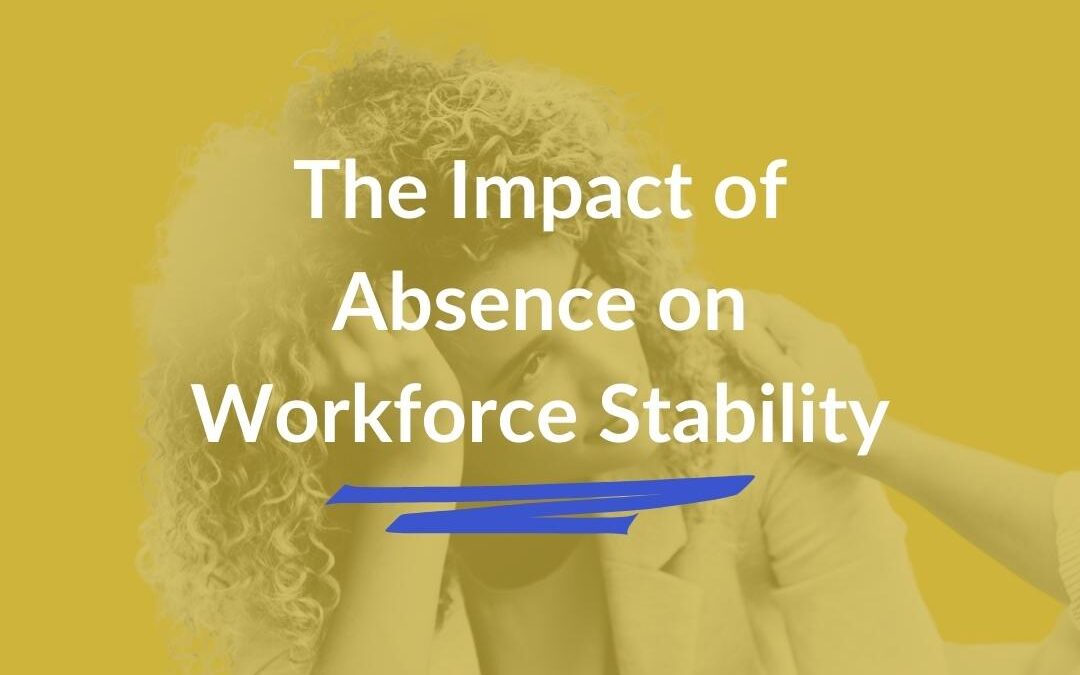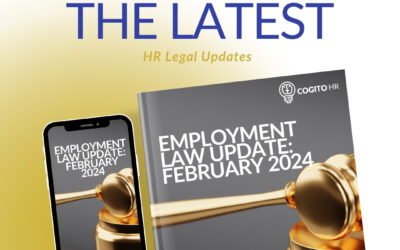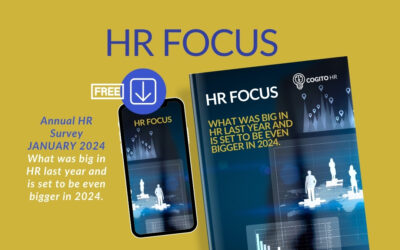The Impact of Absence on Workforce Stability
As an HR Advisor, I am well-versed in the ongoing challenge of managing employee absences.
There are consistently high sickness absence rates across all sectors that have maintained or risen since the pandemic, which require a proactive approach from HR professionals. According to the Nuffield Trust, monthly sickness absence rates over the last calendar year have not fallen once below the peak in the pre-pandemic year, sparking concerns as to whether they will ever return to a lower rate.
In this blog, I will discuss the impact of increased absence rates on workplace stability, the specific impacts on HR professionals themselves and how we play a key role in detangling this issue.
What is the issue?
The data shows that sickness absence rates across all sectors have escalated over the past year. A report by Statista (2023) stated that the private sector saw the number of hours lost due to sickness absence rose from 1.6% in 2020 to 2.3% in 2022., this is comparable to the challenges discussed in Palmer and Rolewicz’s (2023) ‘All is not well: Sickness absence in the NHS in England’.; For example, ambulance staff in 2019 had an absence rate of around 4.8%., increasing to 6.9% in 2022. This escalation, which is fueled by diverse factors, triggers a need for HR to contemplate the impact on workforce stability and project continuity.
A standout impact that I have experienced is effective and efficient project completion. For consultants, this also applies, where partnering with other organisations may be hindered by individuals within the organisation taking sick leave. Shortages in employee numbers can disrupt project timelines, restrict productivity, and strain the remaining resources.
The consequences go beyond individual teams, where one employee may be doing three employee’s jobs, potentially leading to a knock-on effect of additional absences due to high workloads and stress. These ultimately can lead to a risk that project goals are not completed in line with the project plan.
In my role I have seen a worrying increase in sickness absences related to mental health and overall well-being. Often, these absences are not disclosed as the reason, so the actual number may be higher than reported.
During 2022, there were 6 million days recorded where mental health or wellbeing was stated as the reason for absence in the NHS alone.
The CIPD recorded that 57% of individuals surveyed for the Health and Wellbeing at Work report (2022) chose Mental ill Health as their top three causes of long-term absence, making it the leading cause of long-term absence in those surveyed.
Employees may be affected by the psychological toll of work-related stress or problems at home, such as relationship breakdowns and financial worries. In addition, the diagnosis of mental health conditions, such as depression and anxiety disorders, are at a crisis level, leaving individuals struggling to access the treatment they need. As an HR Advisor I can see that addressing mental health concerns is crucial to fostering a supportive work environment
Every employee is different and with the diversity across the workforce, there are variations in absence rates across different groups. Understanding these variations is required for adapting the HR strategies to meet the unique needs of each employee category.
This could range from administrative roles to management, in addition a diversity in age, ethnicity, religious belief, gender, and sexual orientation – and this is not an exhaustive list.
Where businesses are effectively addressing this the HR advisors are collaborating with leaders and managers to share insights and effective strategies for managing elevated absence rates across various groups and take a human approach to understanding the needs of the individual.
In conclusion, the increase in sickness absence rates requires the attention and strategic intervention of Senior Leaders and HR. Addressing the root causes, particularly those related to mental health, and implementing targeted and individualised solutions will impact the safeguarding of the workforce’s well-being. As HR professionals, we must continue to navigate these challenges with a proactive, empathetic and data driven approach.
Harriet James – HR Advisor
Cogito HRContact harrietjames@cogitohr.com to discuss this article or the ways in which Cogito HR can help you to undertake the key steps to addressing absence issues in your organisation.
References:
Palmer W and Rolewicz L (2023) All is not well: Sickness absence in the NHS in England. Briefing, Nuffield Trust.
Health and wellbeing at work 2022: Survey report (cipd.org)
UK sickness absence rate public vs private sector 2022 | Statista






